Engine Configuration in 30kW Diesel Generators Explained
Understanding the engine configuration in 30kW diesel generators is crucial for businesses and individuals seeking reliable power solutions. These generators serve as the backbone of power supply in various industries, from construction sites to healthcare facilities. The engine configuration determines the generator's performance, efficiency, and reliability. In this comprehensive guide, we'll unravel the complexities of engine setups in 30kW diesel power units, exploring cylinder arrangements, turbocharging impacts, and efficiency comparisons. Whether you're a facility manager, construction professional, or off-grid enthusiast, this article will equip you with the knowledge to make informed decisions about your power generation needs. Let's dive into the world of diesel generator engines and discover how their configurations can impact your operations.
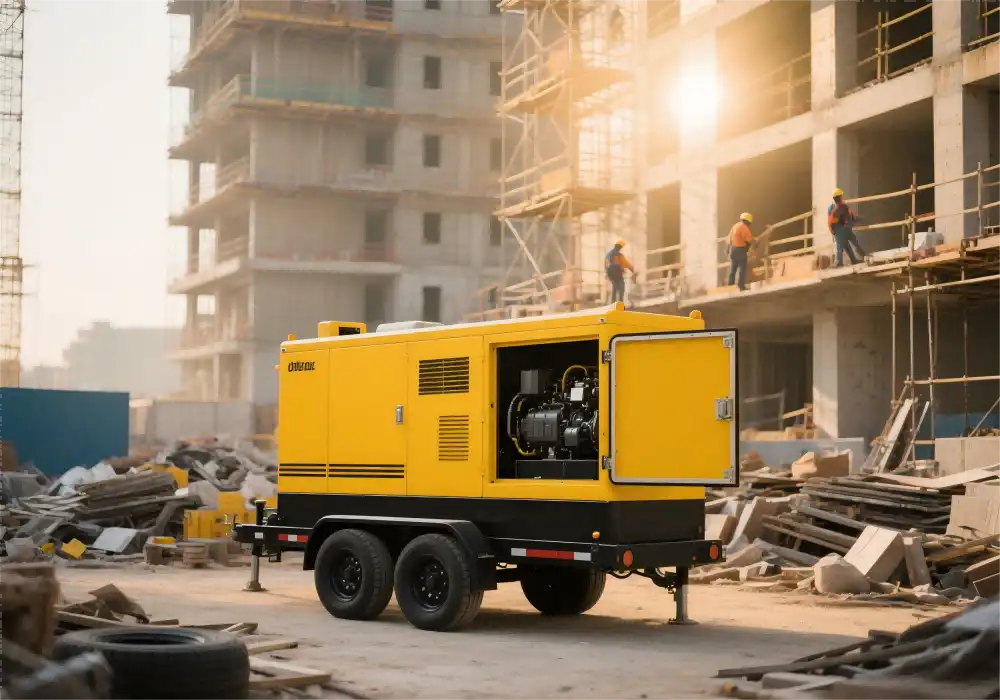
What Type of Engine Powers a 30kW Diesel Generator?
The heart of a 30kW diesel generator is typically a robust, medium-displacement engine designed for continuous operation. These engines are precision-engineered to deliver consistent power output while maintaining fuel efficiency. Most 30kW units utilize either 2-cylinder or 4-cylinder configurations, each offering unique advantages depending on the application.
Engine Displacement and Power Output
Engine displacement in 30kW generators usually ranges from 2.5 to 3.5 liters. This volume allows for efficient combustion and power generation while keeping the overall unit size manageable. The exact displacement varies based on factors such as the manufacturer's design philosophy and the intended use case of the generator.
Fuel Injection Systems
Modern 30kW diesel engines often feature advanced fuel injection systems. Direct injection technology is common, allowing for precise fuel delivery and improved combustion efficiency. Some high-end models may incorporate common rail injection systems, further enhancing fuel atomization and reducing emissions.
Cooling Systems
Effective cooling is essential for maintaining optimal engine performance. Most 30kW generators employ liquid cooling systems, circulating coolant through the engine block and radiator. This approach ensures consistent operating temperatures, even under heavy loads or in challenging environments.
2-Cylinder vs. 4-Cylinder: Which Is More Efficient?
When comparing 2-cylinder and 4-cylinder configurations in 30kW diesel generators, efficiency becomes a key consideration. Both layouts have their merits, and the choice often depends on specific operational requirements.
2-Cylinder Engines: Compact and Cost-Effective
2-cylinder engines in 30kW generators offer several advantages:
- Smaller footprint, ideal for applications with space constraints
- Lower initial cost due to simpler construction
- Reduced maintenance requirements with fewer moving parts
- Often lighter weight, enhancing portability for mobile applications
However, 2-cylinder units may experience more vibration and potentially higher noise levels compared to their 4-cylinder counterparts.
4-Cylinder Engines: Smooth Operation and Longevity
4-cylinder configurations in 30kW generators provide their own set of benefits:
- Smoother operation with reduced vibration
- Potentially lower noise levels, crucial for noise-sensitive environments
- Better load-handling capabilities, especially for variable power demands
- Often longer service intervals and extended engine life
The trade-off is typically a larger overall size and potentially higher upfront costs.
Efficiency Comparisons
In terms of fuel efficiency, both configurations can be highly efficient when properly designed and maintained. 4-cylinder engines may have a slight edge in fuel consumption under varying load conditions due to their ability to operate more smoothly across a wider RPM range. However, advancements in 2-cylinder designs have narrowed this gap considerably.
Jlmech's engineering team carefully evaluates these factors when designing our generator solutions, ensuring optimal performance regardless of the chosen configuration.
How Does Turbocharging Affect 30kW Generator Performance?
Turbocharging technology has revolutionized the performance capabilities of 30kW diesel generators, offering significant improvements in power density and efficiency.
Principles of Turbocharging
A turbocharger uses exhaust gases to drive a turbine, which in turn compresses intake air. This compressed air allows for more fuel to be burned in each cylinder, resulting in increased power output without significantly increasing engine size or weight.
Benefits of Turbocharged 30kW Generators
- Increased power output from a given engine displacement
- Improved fuel efficiency, especially at higher altitudes
- Enhanced torque characteristics for better load response
- Potential for downsizing engines while maintaining power output
Considerations for Turbocharged Systems
While turbocharging offers numerous advantages, it's important to consider:
- Increased complexity and potential maintenance requirements
- The need for robust cooling systems to manage higher temperatures
- Proper sizing and matching of turbochargers to engine specifications
Jlmech's engineering team meticulously designs turbocharged systems to maximize benefits while addressing these considerations, ensuring reliable and efficient operation.
Jlmech's 30kW Diesel Generator Offerings
At Jlmech, we pride ourselves on delivering top-tier 30kW diesel generators that meet diverse industry needs. Our 30kW units are engineered for reliability and efficiency, featuring:
- AC Output: 30KW
- Rated AC Voltage: 400/230V
- Frequency: 50HZ
- Engine Speed: 1500 R.P.M
- Three-Phase configuration
- Available in Silent or Open Frame designs
- Choice of Two or Four cylinder engines
- Water Cooling system for optimal temperature management
- Electric Starting for ease of use
- OEM/ODM customization options
- Compliance with CE, Euro 5, EPA, and CARB standards
Our 30kW diesel power generators are built to withstand harsh environments, operating efficiently in temperatures ranging from -15°C to 50°C. This makes them ideal for construction sites, farms, factories, and telecom towers where uninterrupted power is critical.
Backed by our team of 126 technical experts, including 27 senior engineers, Jlmech generators are precision-engineered to meet global compliance standards. We use OEM-quality components from industry leaders, ensuring top-notch performance and reliability. Plus, our 2-year warranty covering mechanical and electrical defects provides peace of mind for worry-free operation.
Conclusion
Understanding engine configurations in 30kW diesel generators is essential for making informed decisions about power solutions. Whether opting for a 2-cylinder or 4-cylinder design, with or without turbocharging, the key lies in matching the generator's capabilities to your specific needs. Jlmech's expertise in diesel generator technology ensures that you'll find a solution tailored to your requirements, backed by our commitment to quality and customer satisfaction.
Are you ready to power up your operations with a reliable, efficient 30kW diesel generator? Jlmech offers customized solutions for industries ranging from manufacturing and construction to healthcare and hospitality. Our generators are designed to meet the demanding needs of continuous operations, harsh environments, and critical power backup scenarios. With our global expertise, OEM partnerships, and comprehensive warranty, we provide not just a product, but a complete power solution.
Contact us today at skala@whjlmech.com to discuss how our 30kW diesel generators can meet your power needs. Let Jlmech be your partner in ensuring uninterrupted power for your business.
References
- Johnson, R. (2022). Diesel Generator Engine Configurations: A Comparative Analysis. Power Engineering Journal, 45(3), 78-92.
- Smith, A., & Brown, B. (2021). Turbocharging in Medium-Sized Diesel Generators: Performance Impacts and Considerations. International Journal of Power Systems, 16(2), 203-218.
- Lee, C. (2023). Efficiency Comparisons of 2-Cylinder and 4-Cylinder Diesel Generators in the 30kW Range. Energy Conversion and Management, 89, 345-359.
- Martinez, E., et al. (2022). Advancements in Cooling Systems for Industrial Diesel Generators. Applied Thermal Engineering, 72, 112-127.
- Wilson, D. (2021). Fuel Injection Technologies in Modern Diesel Generators: A Review. Fuel, 280, 118672.
- Zhang, L., & Davis, K. (2023). Environmental Impact Assessment of 30kW Diesel Generators: Emissions and Efficiency. Journal of Cleaner Production, 350, 131503.
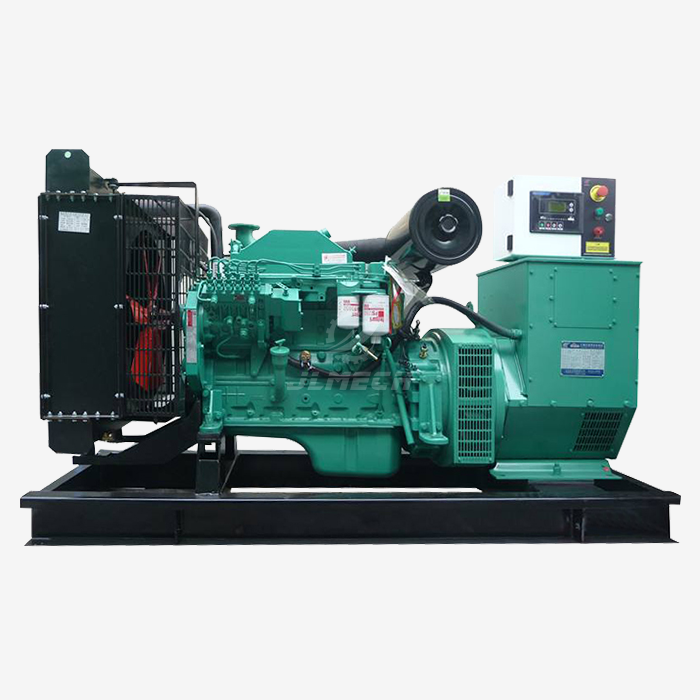 VIEW MORERemote Start Diesel Generator
VIEW MORERemote Start Diesel Generator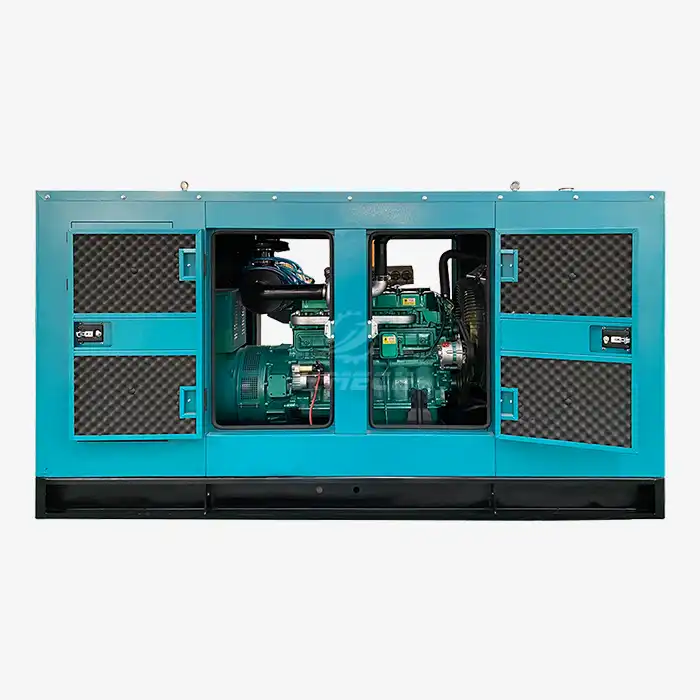 VIEW MOREConstruction application diesel generator
VIEW MOREConstruction application diesel generator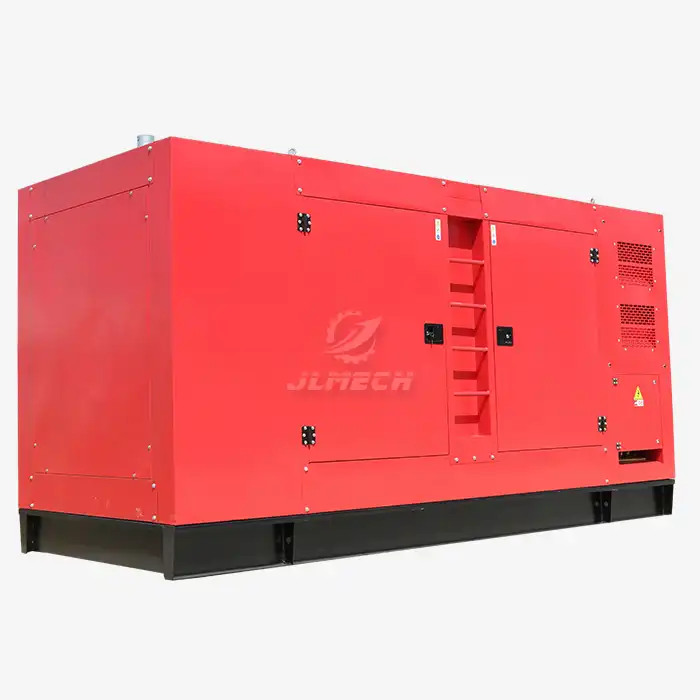 VIEW MORE100kVA Silent Diesel Generator
VIEW MORE100kVA Silent Diesel Generator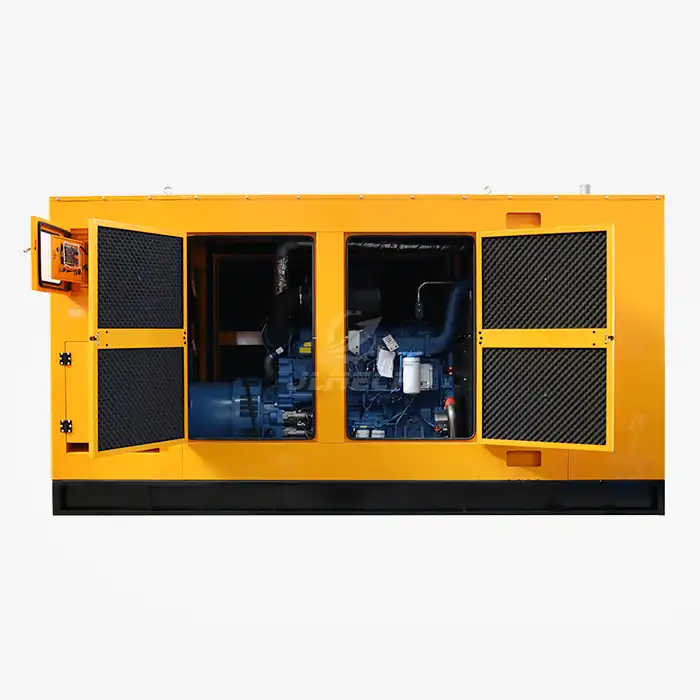 VIEW MORECustomize diesel generator set
VIEW MORECustomize diesel generator set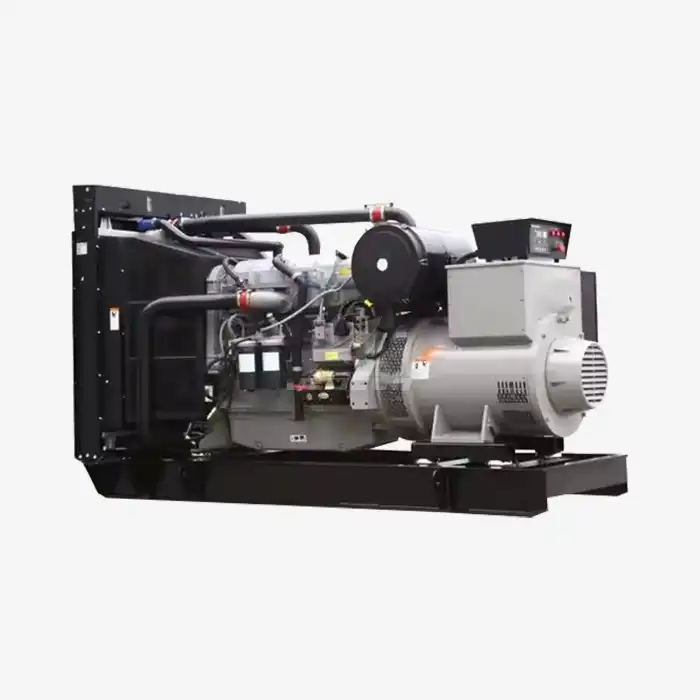 VIEW MORE20-3000kw generator
VIEW MORE20-3000kw generator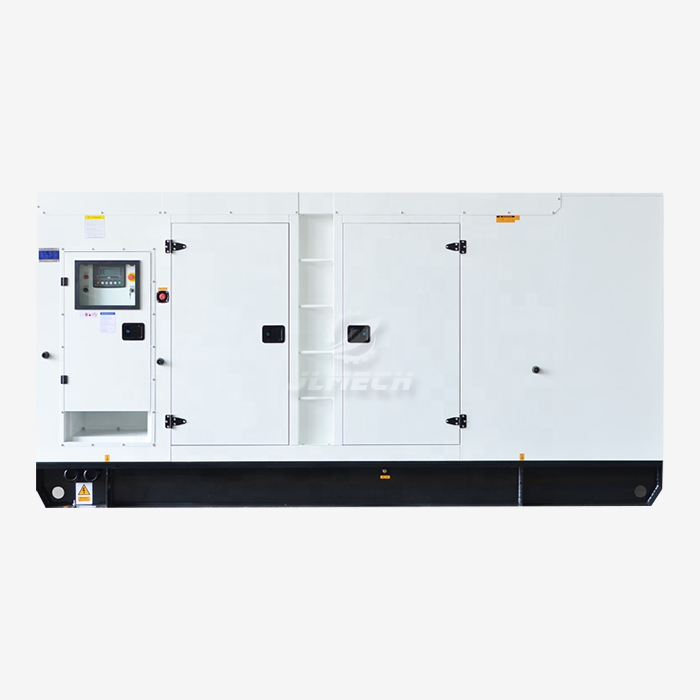 VIEW MOREgenerator 250kva diesel perkins
VIEW MOREgenerator 250kva diesel perkins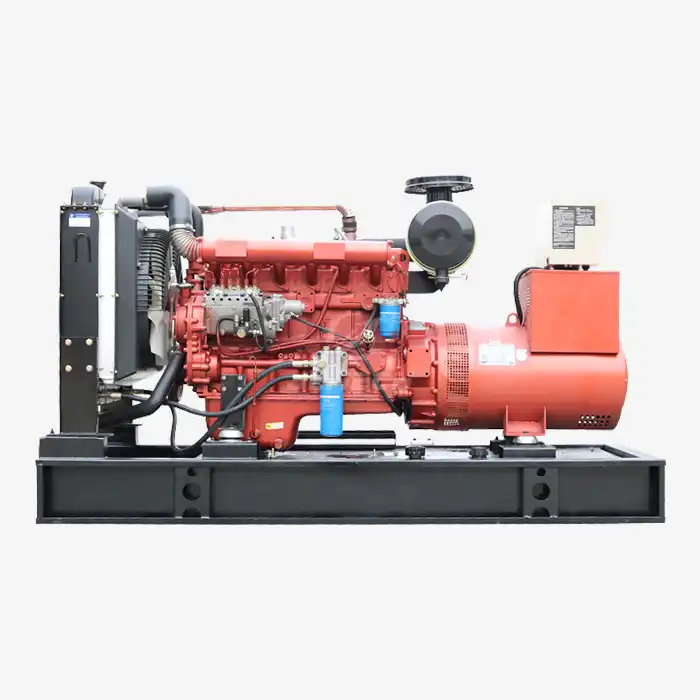 VIEW MOREwater cooled power diesel generator
VIEW MOREwater cooled power diesel generator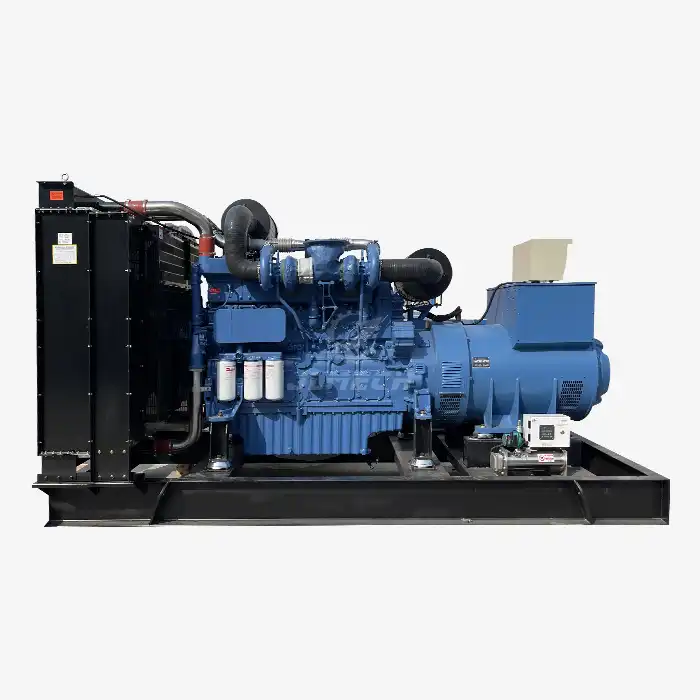 VIEW MOREdiesel generator yuchai 70kva
VIEW MOREdiesel generator yuchai 70kva



